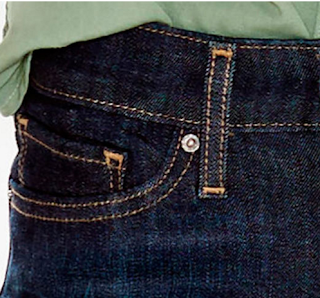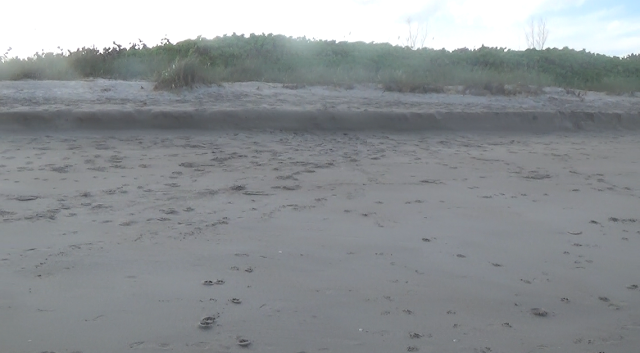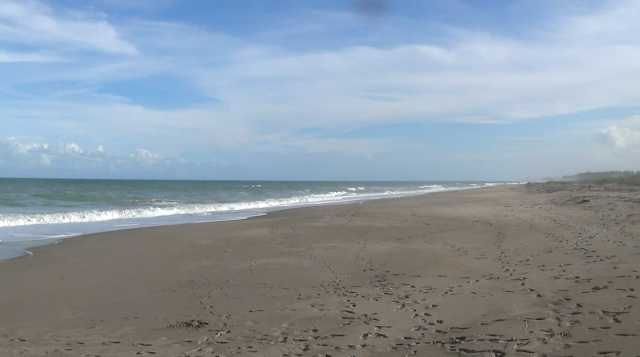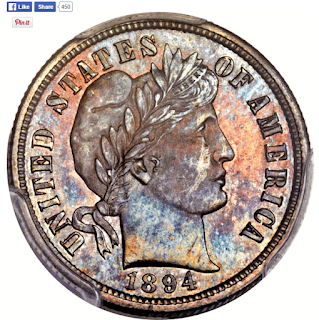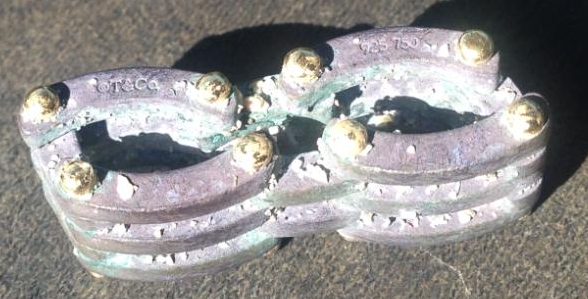Written by the TreasureGuide for the exclusive use of treasurebeachesreport.blogspot.com.
 |
| A Few Doll Or Figurine Finds From the Treasure Coast. |
Besides being interesting objects, non-metallic finds can give you good clues for metal detecting. All kinds of objects can tell you something about what went on at that location in the past.
I've found a good number of dolls and figurines. Here are a few. Not only do they give you a date range, but they also suggest something about the type of people that were in the area.
These are inexpensive figures. My mother had a doll exactly like the first one when she was a child.
The doll arm is bisque. I've also found arms and and legs which were higher quality. They were painted and made of porcelain in Germany. I sold those.
Unglazed tinted dolls with a matte finish are referred to as bisque dolls. Bisque dolls appeared in France during the 1850s.
Glossy "china dolls" were popular at the same time. Both the bisque and the shiny glazed "China dolls" were made from porcelain, but the term porcelain is often reserved for contemporary dolls.
In the group of inexpensive figurines shown above, the first doll is marked "JAPAN," the fourth is marked "MADE IN JAPAN," and the last one, the little kewpie doll, is marked, "MADE IN OCCUPIED JAPAN."
There is an active collector market for dolls, kewpie dolls, and objects made in occupied Japan.
Following the end of World War II in 1945 and until 1952, items imported from Japan to the United States had to be marked in a fashion indicating they came from Occupied Japan. Although four different marks were used on cups and saucers during this time ("Japan," "Made in Japan," "Occupied Japan," and "Made in Occupied Japan"), only the last two marks guarantee the pieces were made in the Occupied Japan timeframe. For serious Occupied Japan collectors, it is items with these two marks for which they search. (Source: http://www.the4cs.com/~cathy/MIOJ/)
I've also found doll heads.
Of course dolls have been made for thousands of years and go back to ancient Greece and Egypt. 18th Century Eurpean dolls, were often made of wood, and it appears to me, generally had round heads and long necks.
Those shown above were all surface finds from the Treasure Coast.
---
Forrest Fenn is now looking for a treasure hunter who disappeared while seeking the 2 million dollar Fenn Treasure.
Here is the link for that story.
http://www.foxnews.com/us/2016/01/30/treasure-hunter-vanishes-searching-for-2-million-in-gold.html
Thanks to Dean R. for the link.
---
The surf on the Treasure Coast is very small today. It will be increasing very slowly for several days.
Happy hunting,
TreasureGuide@comcast.net



